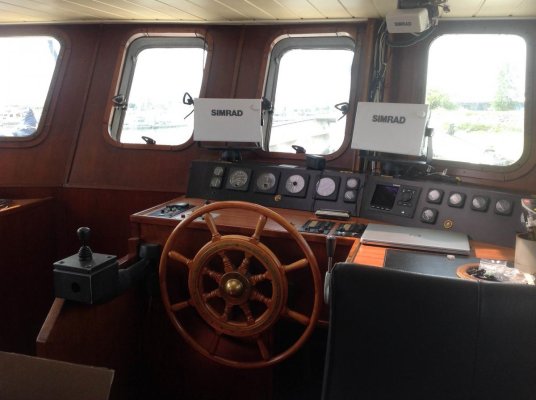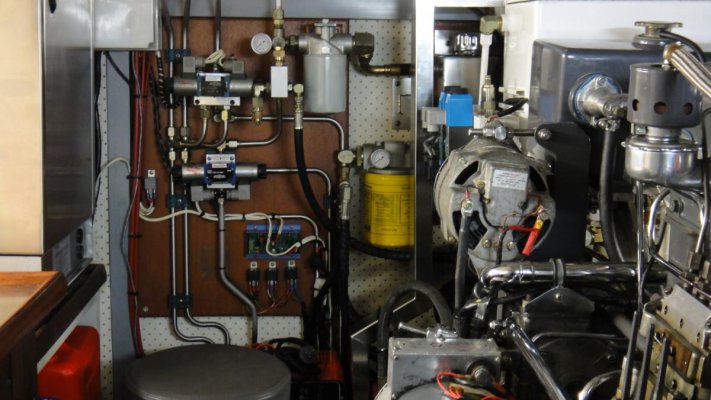I'm looking at adding a jog lever for rapid rudder control when close quarter handling.
Current thought is to add a lever to the Raymarine Evolution hydraulic pilot.
Another possible approach may be to add a lever control to the hydraulic circuit.
Anybody done either of these?
Current thought is to add a lever to the Raymarine Evolution hydraulic pilot.
Another possible approach may be to add a lever control to the hydraulic circuit.
Anybody done either of these?




